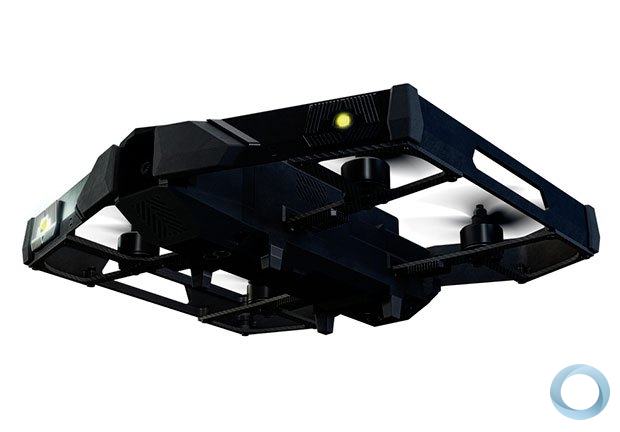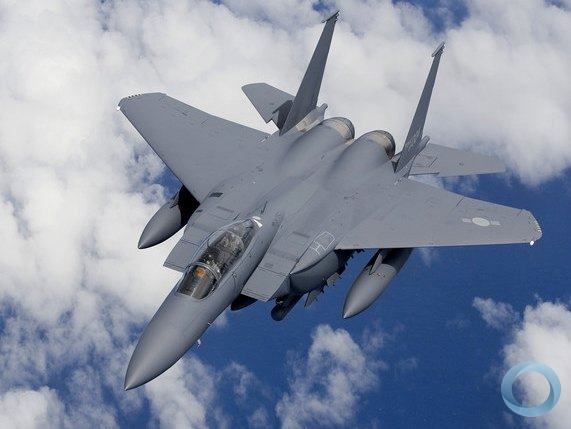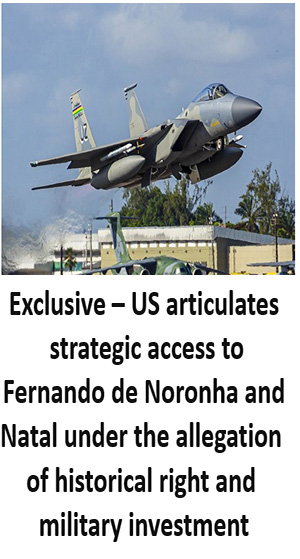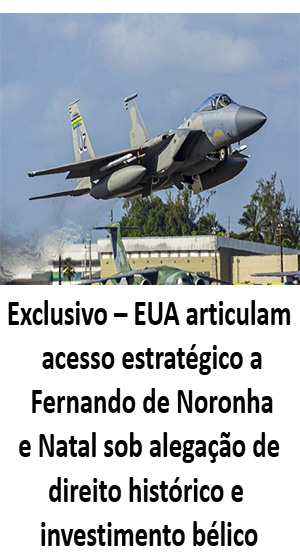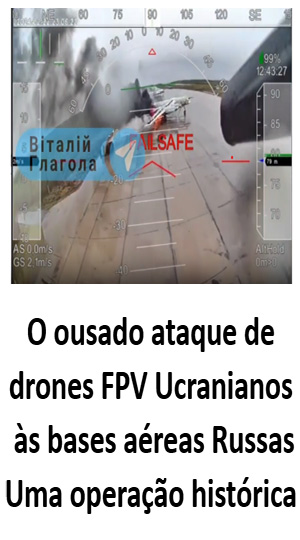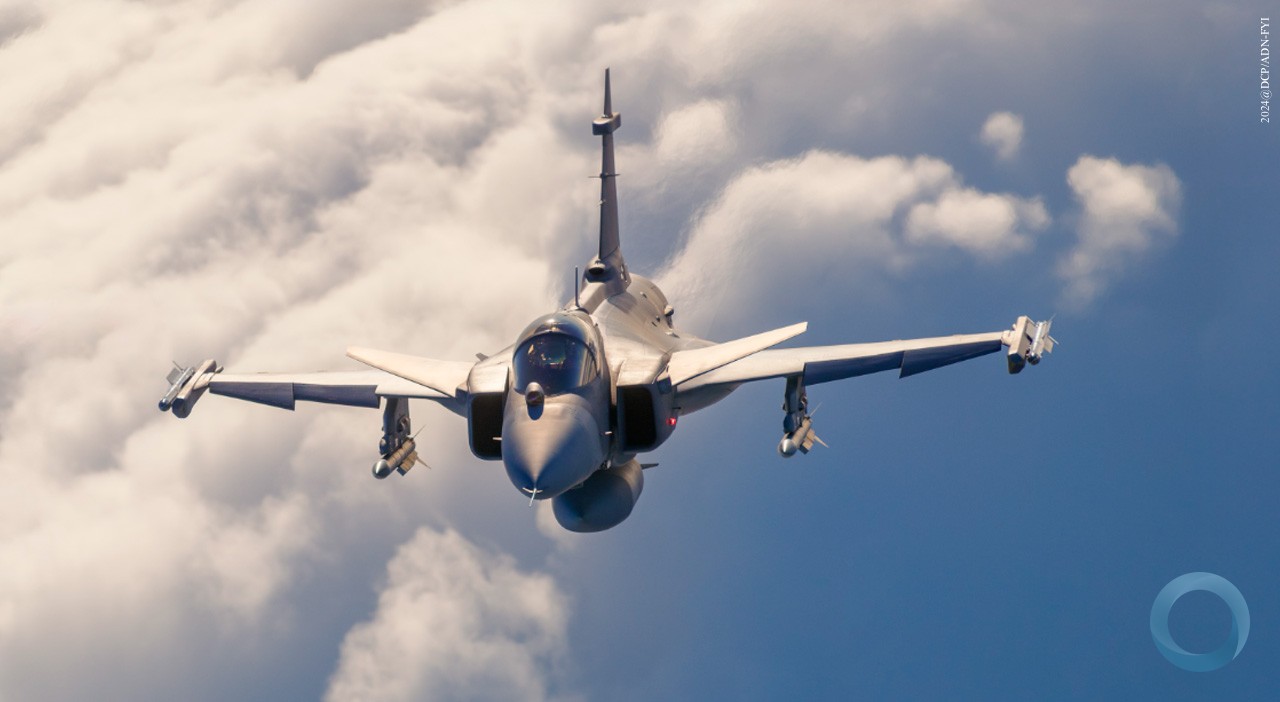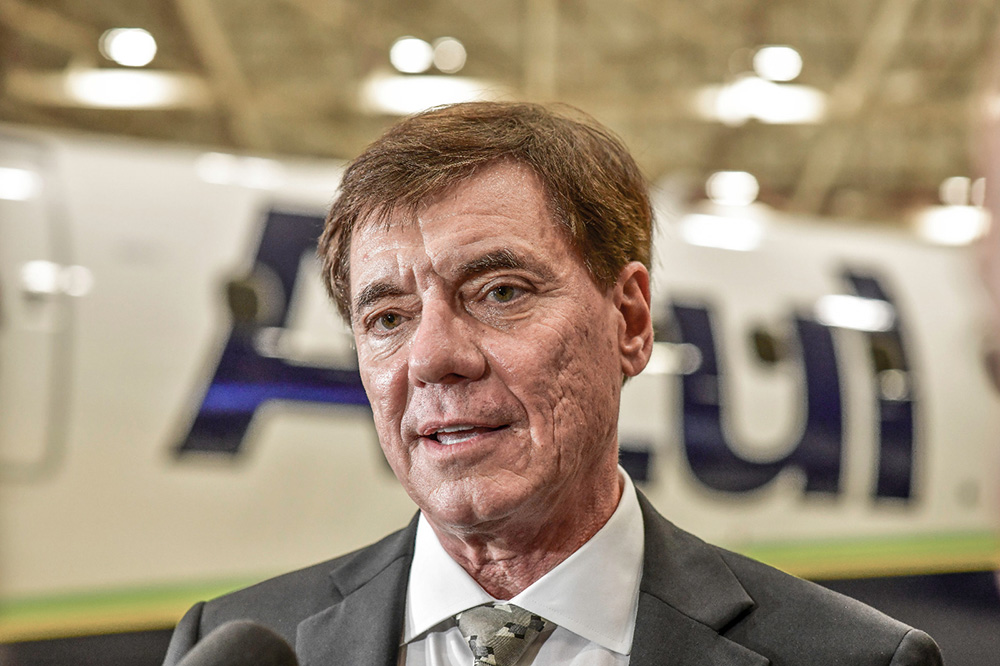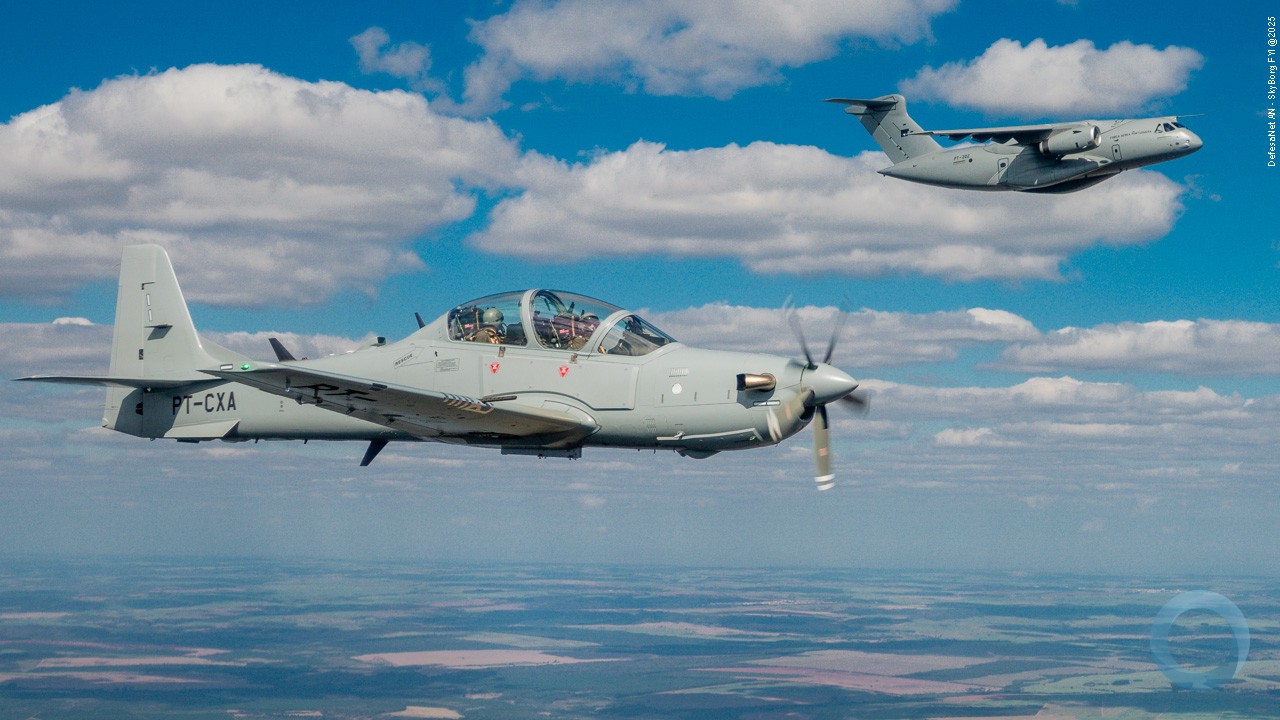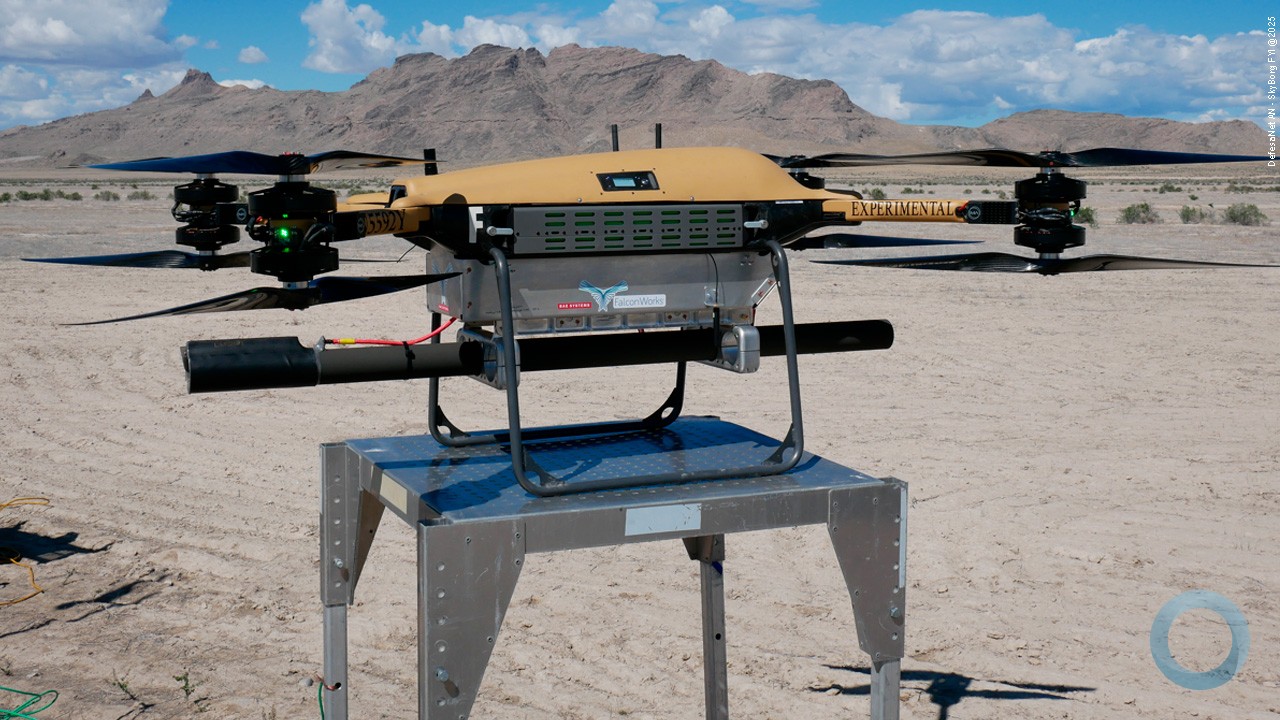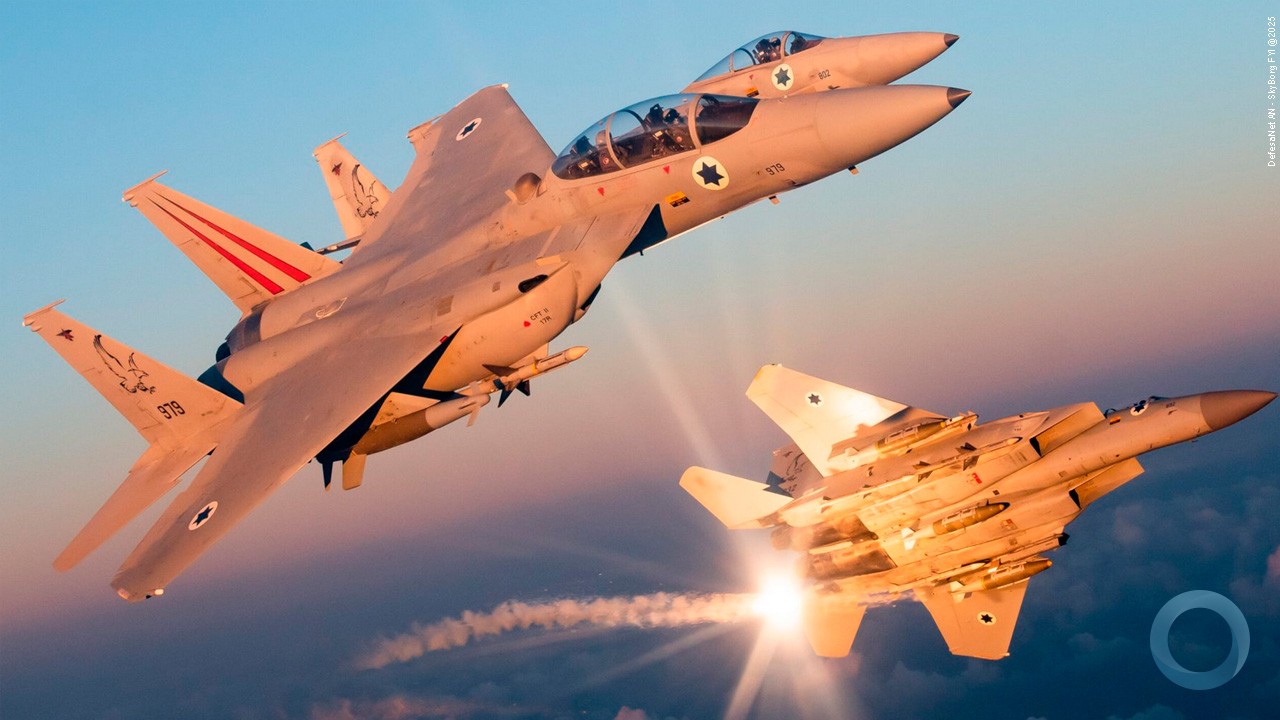The revolutionary Remote Tower concept developed by Saab of Sweden promises a completely new approach to Air Traffic Management at airports. While not changing the proven routines and procedures of Air Traffic Control itself, it uses the latest high-technology digital sensors and visual display systems both to increase traffic capacity and to enhance safety and efficiency by improving the controllers’ situational awareness.
The most striking feature of the Remote Tower is that it can completely eliminate the traditional control tower, whose prime purpose is to provide direct line?of-sight views of the whole airport area through its windows. Instead, the Air Traffic Control centre can be sited wherever is most convenient: at ground level, underground, even off the airport completely and tens or hundreds of kilometres away. With modern communications systems distance is not a problem. And the space saved releases valuable airport real estate.
The primary visual information needed by the Air Traffic Control officers is provided not by human eyes but by fixed high-definition video cameras mounted on one or more masts. In combination these give a complete 360° overview of the airport, whatever its size. Infra?red cameras can provide excellent images in darkness and fog, and the system remains functional in the worst rainstorms and sandstorms. The fixed cameras are complemented by magnifying pan/tilt/zoom cameras which the controller can direct to any item of interest.
In the control centre the camera pictures are displayed panoramically on a semicircular wall of TV screens in front of the controller’s desk. Other sensors transmit radar data, meteorological data and surface-movement information. The controller’s work position incorporates data screens displaying integrated flight data and electronic flight strips, and provides air and ground radio links. At larger airports, separate role-based camera views can be supplied for air and ground traffic.
Ten years of development
The Remote Tower Services system has been developed jointly by Saab and the Swedish Air Navigation Service Provider, LFV, since 2005; then tested at Swedish airports since 2008 in parallel with conventional systems.
Following final operational approval last October, the world’s first remotely operated Air Traffic Control centre entered service in April 2015. All flights at Örnsköldsvik airport on Sweden’s east coast are now controlled from Sundsvall Remote Tower Centre 140 km away. The same Centre also controls flights, more locally, at Sundsvall airport.
In Australia a system to control flights at Alice Springs remotely from Adelaide is being evaluated. The distance of 1500 km is the longest yet. Other systems have been ordered by Norway, Ireland and the USA, while at one of Europe’s largest and busiest airports, Amsterdam’s Schiphol, an ancillary remote-camera system is now being used to provide effective surveillance of the more remote landing runways and taxiing areas.
At a time when the very rapid growth of air travel to and through the Gulf region is placing ever-greater pressure on an air traffic environment that is already extremely complex, the Remote Tower concept offers a route forwards to higher traffic capacity and higher standards of safety. Saab’s Remote Tower Services (RTS) system is the only certified solution meeting ICAO Regulations. It is also a fully scalable system, equally suitable for major international airports, single regional airports or local airport clusters.












